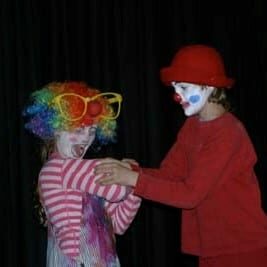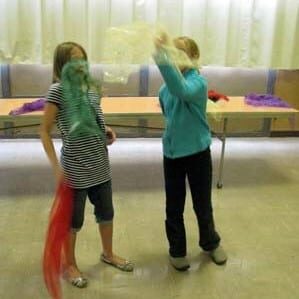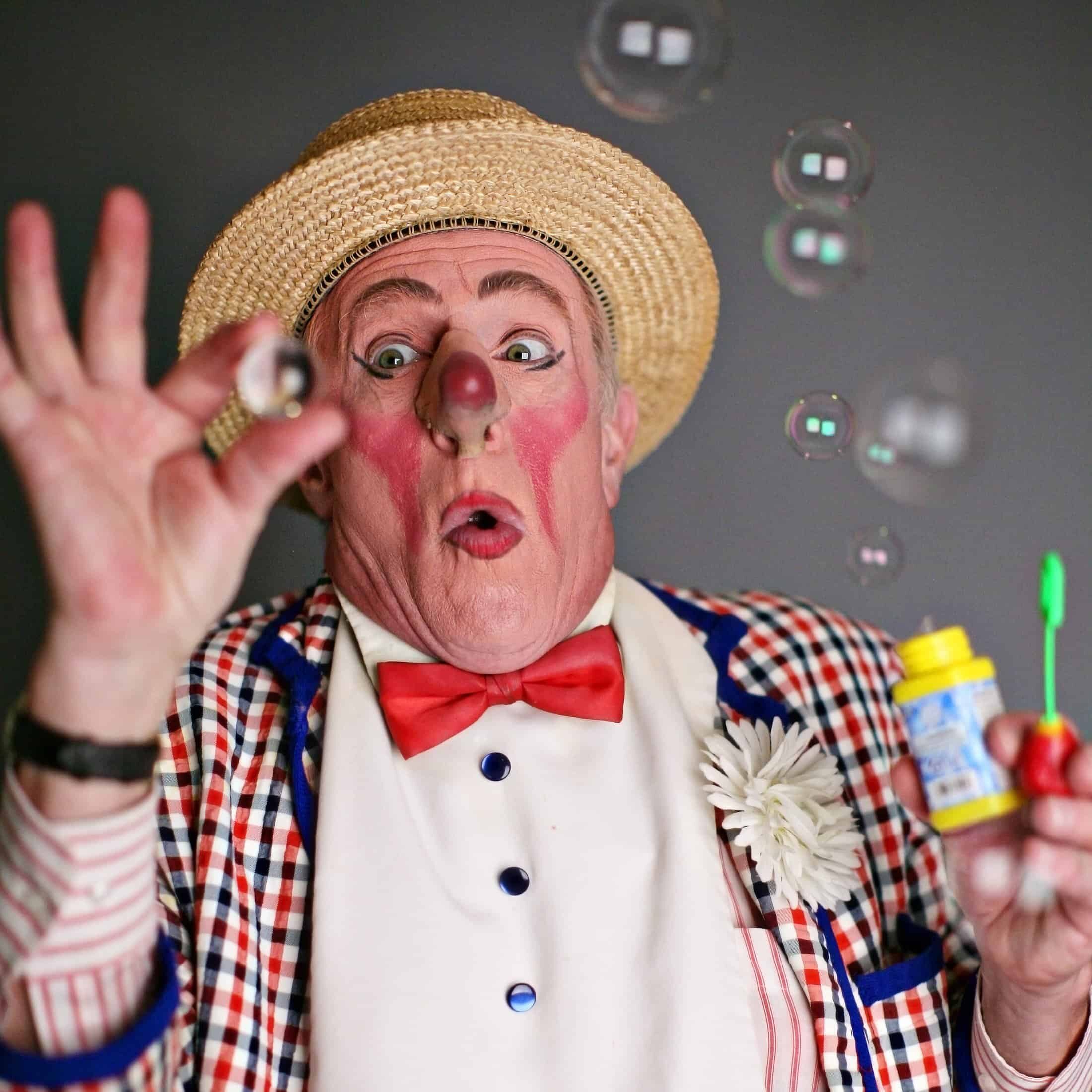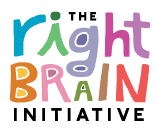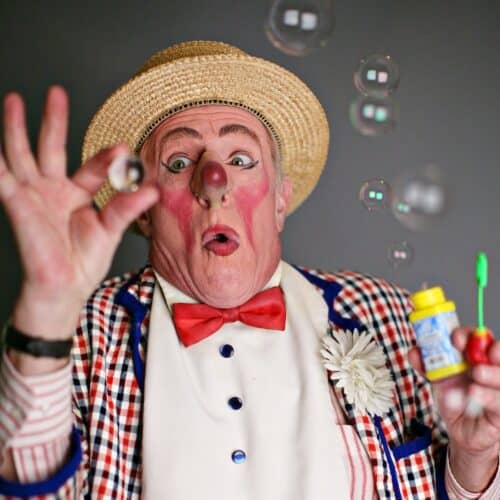RESIDENCY GOALS
Students will learn to use their body intentionally as a means of communication.
Students will learn that messages can be conveyed in a variety of means- including non-verbally or with humor.
Students will learn that there are scientific forces that they can impact- and are impacted by- at play in their daily lives.
Students will learn that there are many ways to solve a problem or tell a story.
WORK WITH STUDENTS
Albert’s residencies are hands on- the students are “doing” the art. He works to make the learning environment physically and emotionally safe for the students’ explorations and discoveries while having fun time working toward learning goals. These residencies can use a range of source material depending on the needs of the classroom.
Everyone Can Mime
Students learn mime technique and experience how they use non-verbal communication in their lives. They create a story with all of its elements; beginning, middle, end, conflict, characters, setting, and present their stories for their peers. Students learn positive methods of critiquing fellow performers’ work.
Ladies & Gentlemen, Children of All Ages: Exploring the Science of the Circus & Clowning
This residency uses circus arts to demonstrate the science benchmarks of balance, inertia, force and motion, and offers students a physical experience of the fun and importance of science to their daily lives. They explore the effects of wind residence, gravity, balance, centripetal force, inertia, and other scientific principles in action, and discover how circus performers use them in their shows. Students see examples of circus performers using these principles in action. They then use the scientific method- creating a hypothesis, testing that hypothesis, and reflecting on the outcome. This helps them grasp that there are no “failures” in science just learning opportunities.
Circus Skills Extraordinaire!
Students will be introduced to the role of clowns in history and societies around the world. They will learn traditional clown skills and use them to create both classical routines and their own clown routines. Students will begin creating/discovering their own clown persona. This is really a process of self- discovery and is a great complement to first person narrative writing.
“Quiet on the set. ACTION!”
Students either select a story or poem or write one themselves (alone or as a group) and then problem solve how to act it out. Students learn how to interpret or create stories, and communicate them using their bodies.
This program offered by: Albert Alter


